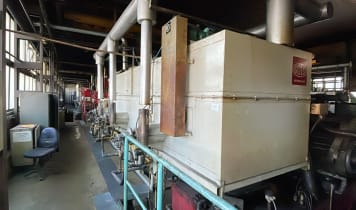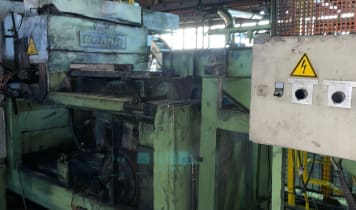The
die casting machine is available in two different styles: one is the warm chamber process; the other is the cold chamber process. Both machine types contain a robust machine construction that has a long working life.
Die casting machines were originally used in moulding as a special type of tool construction. For the optimal use of a die casting mould, high quality, innovative
die casting machines need to be used. These control all processes during the production of die casting components either electrically,
- Differentiation between cold and hot chamber processes
- CNC control systems are used for automatic monitoring
- Manufactures components with smooth and clean surfaces
Quality Great offers Personalised pneumatically or hydraulically. In order to increase efficiency, CNC control systems are implemented to automatically monitor and adjust all processes. Important criteria to watch out for when choosing a die casting machine are material circulation, melt-back costs, process costs, cycle time and improvement in the quality of the finished parts. A
die casting machine is made out of a mould closing unit that is used to close and open the mould. A fixed standing machine platen holds the casting set and the half of the mould where the material is poured into. The movable machine platen contains the upper half of the mould. The four guiding columns are used to guide the movable machine platen.















